Wildlife of Australia: a pocket guide by Princeton
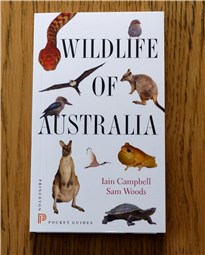
So often books are labelled field or pocket guide but weigh a ton and are not practical for use out and about, where you really need them. The new Princeton pocket guide to "Wildlife of Australia" is different, you really can carry it in your pocket, albeit quite a large pocket!
The authors, Iain Campbell and Sam Woods, have done a great job of cramming a lot of information into the space they had to work with yet the book still has a neat and clear layout that makes it easy on the eye.
We imagine the hardest part of producing this book must have been selecting what to include, Australia has a lot of wildlife! Wisely, for a pocket guide, the authors have selected the 350 bird species, 50 mammals, 40 reptiles and 12 frogs that a wildlife traveler might encounter during a visit. These are illustrated by over 400 stunning colour photographs making the book a handy reference guide from them alone.
The book aims to give people visiting the main tourist areas of Australia a chance of identifying the animals they are most likely to encounter during their trip. With this in mind the species featured are selected because they are likely to be seen in and around the major tourist areas.
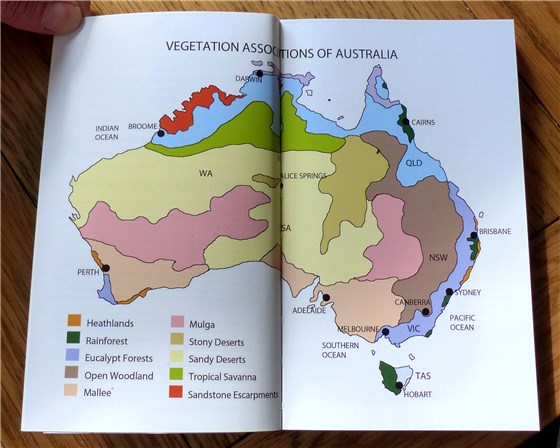
The book opens with a vegetation map of the whole continent giving a quick overview of where the major habitats occur, which of course drives the distribution of the wildlife. This is followed by a description of each major habitat with a colour photograph to bring the descriptive words to life. This is really useful if you have never visited before, you may well be surprised by the diversity of habitats that await. There's so much more to Australia than the often-pictured parched outback.
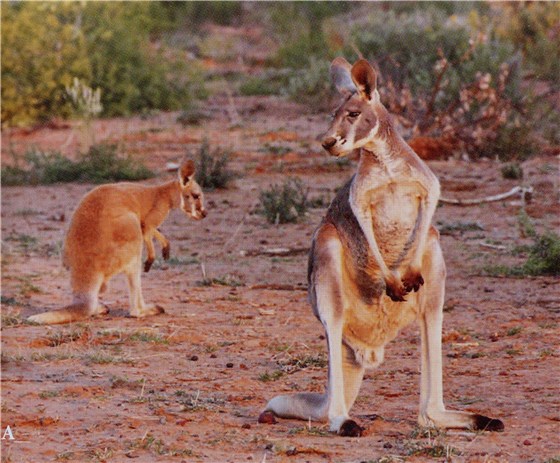
Next comes the section on the mammals, all fifty of them, usually with three species to a page, well after all it is a pocket guide. Each species has a high quality colour picture and a paragragh of text. The words describe the animal very well and also give the size - in both inches and centimetres. Cleverly, the species that look similar are placed together for ease of comparison, other guides should take note! The distribution is also covered, though no maps, these would have taken up space that is better used for discriptive text. There are useful tips for the would-be animal spotter, such as "Koalas may often be viewed for hours, once found, as they move little and can often remain in the same area for days on end." This we found to be true and explains why Ruth was able to take 186 photos of a Koala all looking very similar indeed!
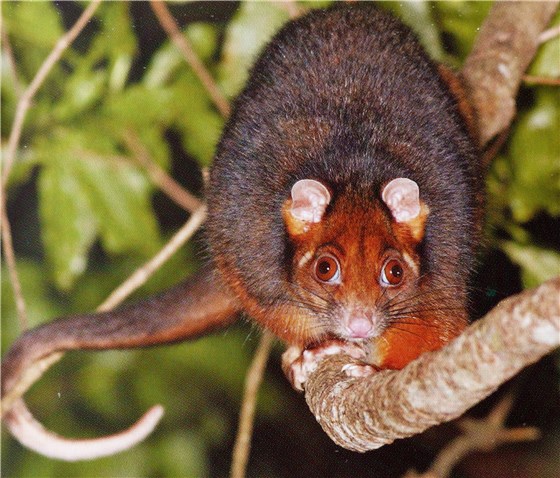
Common Ringtail Possum posing for the camera.
We loved seeing the weird and wonderful animals during our tour of Australia and it is hard to pick a favourite. Wild Kangaroos bouncing alongside our car in the outback and that oh-so photogenic Koala are certainly contenders but the prize must go to the Ecchidna that we encountered in Tazmania, totally unlike any animal we had set eyes upon before!
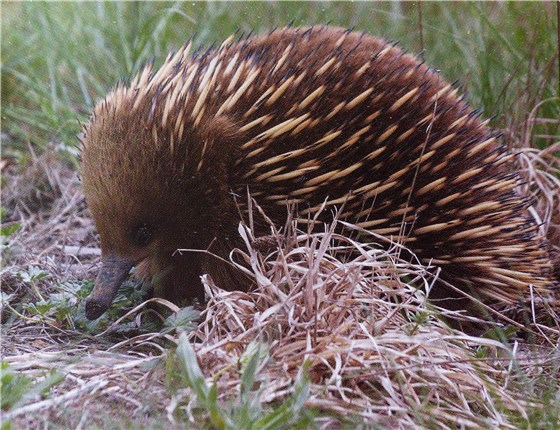
Short-beaked Ecchidna has to be seen to be believed!
Then comes the largest section in the book, all those mouth-watering birds! The birdlife down under really is spectacular and if you ever have a chance to visit we know you will be blown away by the diversity of birds. From the huge and weird Southern Cassowary to the tiny but perfectly-formed Fairywrens the birds are a joy to encounter.
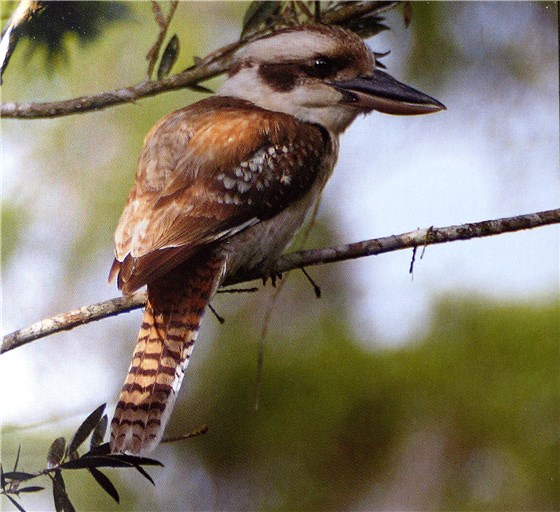
First bird you think of in Oz? Kookaburra?
Just flick through the pages of the pocket guide and the colours leap off the paper, Australian Shelduck, Comb-crested Jacana, Rainbow Lorikeet, Buff-breasted Paradise Kingfisher, they just keep coming!
But don't worry if gaudy colours don't do it for you, how about plain downright weird? Check out the pictures of Australian Bustard on page 58, Spinifex Pigeon on page 128, Channel-billed Cuckoo on page 148. The weird and wonderful just keep coming in the great little book!
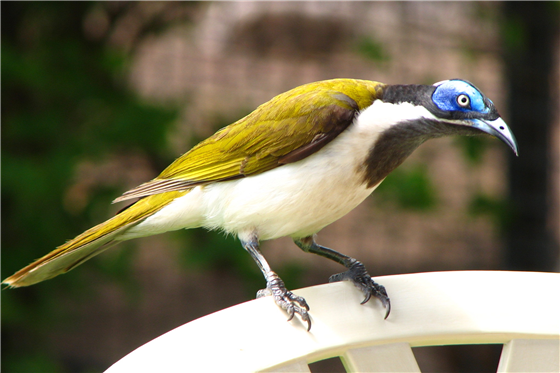
Or how about a Blue-faced Honeyeater? A real wow!
But every now and then you get a surprise when a familiar bird pops up on a page. A good few of "our" waders get all the way down south, for example it is possible to watch a Common Sandpiper next to a Beach Thick-Knee!
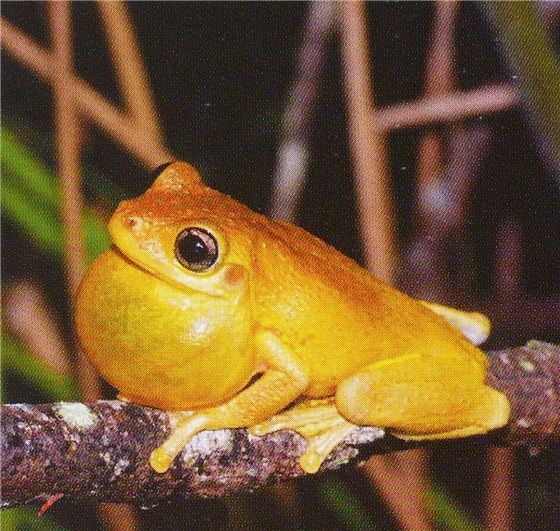
A brightly coloured Tyler's Tree Frog.
Then come the Amphibians and Reptiles and again you will be amazed at the variety and colours shown here. Check out the Thorny Devil on page 264, you won't want to step on him if you're barefoot. Again these are the creatures that you have a real chance of seeing, no rare or hard-to-see stuff to frustrate the visitor.
We loved this pocket guide to the Wildlife of Australia and the authors and publishers are to be congratulated on producing such a high quality, genuine pocket book that is jam-packed with information. If you are heading down under, make sure you take this book with you.
The Pocket Guide to Wildlife of Australia by Campbell and Woods is published by Princeton Press. ISBN 978-0-691-15353-7.
You can obtain your copy of this great book from
http://www.wildsounds.co.uk for just £11.95, a really good price for a book packed with colour plates.